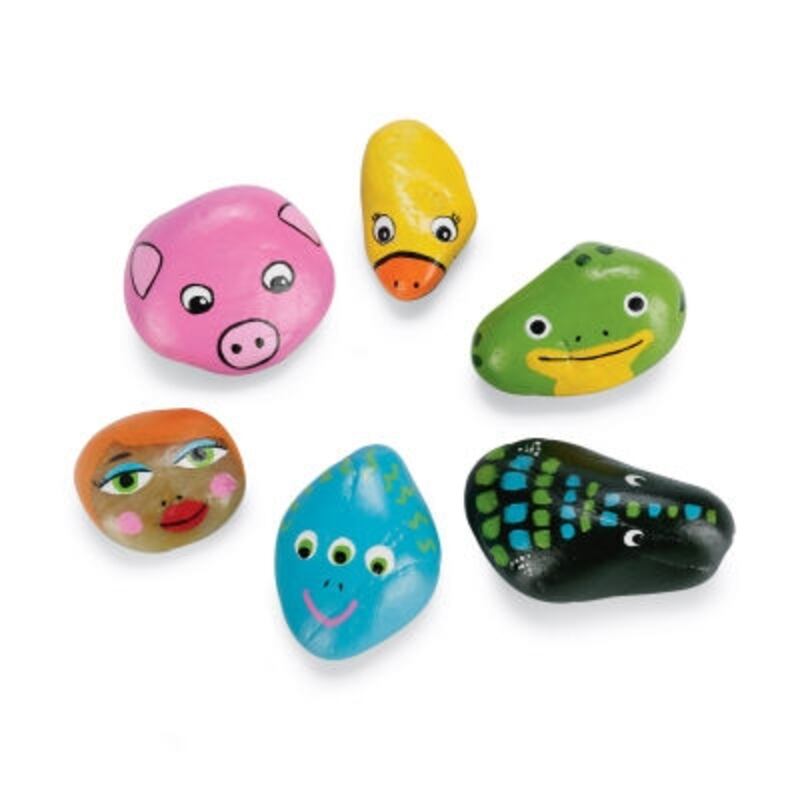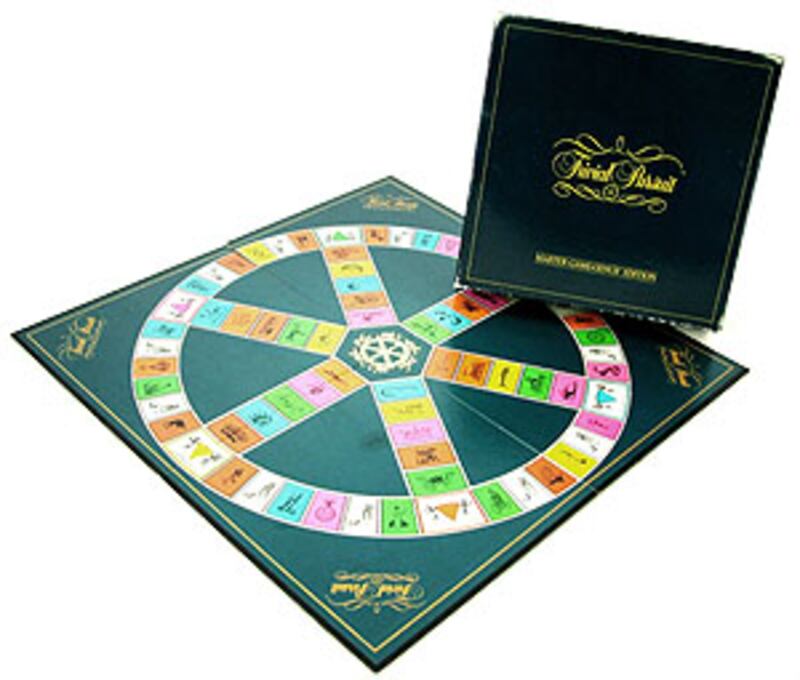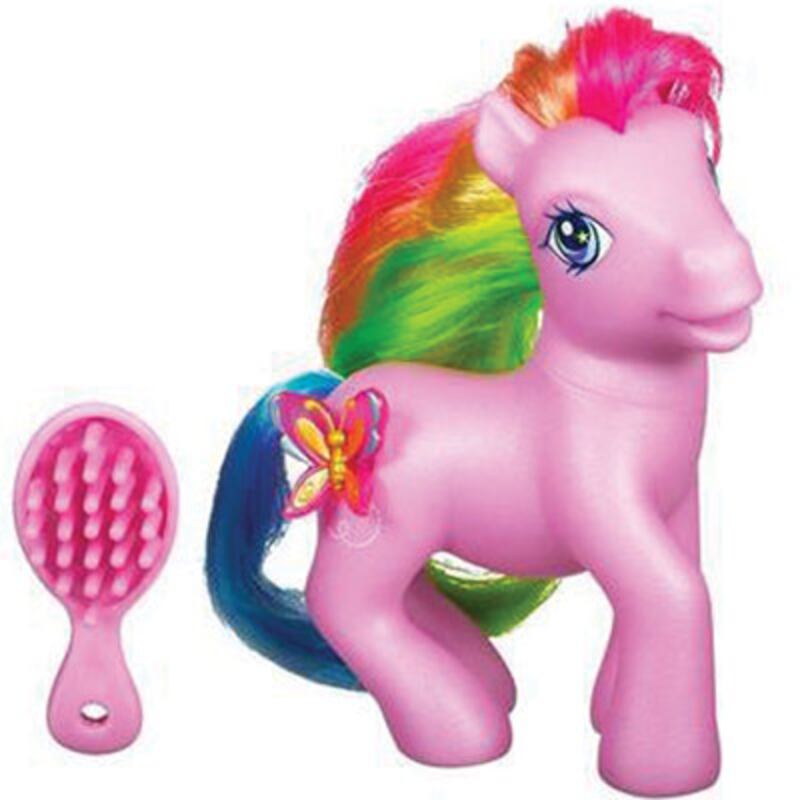Apart from, turkey and ham, sprouts, Santa, rows and an awful X-Factor song taking the coveted Christmas number one slot, there are few things more traditional at this time of year than a must-have gift, a fad that has everyone in a frenzy. Here are just some of them over the past 40 years.

Rockin’ all over the world
: Possibly the worst Christmas fad of all time was one of the earliest. In the mid 1970s, US advertising executive Gary Dahl grew tired listening to his buddies moan about the hassle of keeping pets so released pet rocks into the wild – or at least onto toy shop shelves.
His “pet” would never need to be walked, fed, groomed or house-trained because it was, well, a rock. He used stones collected from a local beach and sold them for $3.95 each. Millions flew off the shelves in 1975 and made their inventor a multimillionaire in six months, which was how long the fad lasted.

Cubism
: The daddy of the faddiness is the Rubik’s Cube. It was invented by 29-year-old brain-box Erno Rubik in 1974 but it wasn’t until it made its debut at international toy fairs six years later that it became an overnight sensation.
After featuring on the Late Late Toy Show it became the must-have toy in Christmas stockings in Ireland with irritatingly smug people soon able to solve it in less than a minute. The phenomena was replicated worldwide and while 1980 was its high-point, the infuriating cube continues to sell with sales topping 400 million.

Patchwork
: On many levels there was nothing extraordinary about Cabbage Patch Dolls. They did have one thing going for them, however. The brains behind them, Xavier Roberts, had the good sense to give his creations “adoption certificates”.
He watched as children all over the world went wild for his creation – particularly in the US where riots were reported at some shops as frantic parents exchanged blows in order to get the last of the things. In 1984 alone Cabbage Patch sales came close to $1 billion.

Not so trivial:
In 1984 the world fell in love with the most trivial pursuit – fighting off a post Christmas stupor by fighting over the answers to random questions in a non-table quiz setting. Trivial Pursuit was invented by Canadians Chris Haney and Scott Abbott and it turned them into millionaires.
They made piles and piles of cash for nearly a quarter of a century – sales have now topped €1 billion – before selling the rights to Hasbro in 2008 for $80 million.

Only a game, boy: In the late 1970s the only home computer game on the market was Pong – white paddles on a black screen sort of replicating tennis.
Then computers such as the Commodore 64 came along and gaming improved – slowly, very, very slowly – but it wasn’t until the boffins at Nintendo developed a games console in the late 1980s that the world changed forever.
In the United States in 1988 one out of every six dollars spent on toys went on consoles and Nintendo’s revenue came to to $1.7 billion. A year later it released its Game Boy and changed the game again.

Barney Trouble:
“I love you. You love me. We’re a happy family. With a great big hug and a kiss from me to you, won’t you say you love me too.”
Shut up Barney, it’s not 1992 anymore.

Tickled black and blue: It was possible to bring great joy to Tickle Me Elmo laugh by stimulating certain spots around his body. It started selling in the US but it was in so much demand in 1996 that online bids topped $1,000.
One clerk in a Walmart store in Canada was rushed by 300 frantic parents as he started stocking shelves with the ticklish toy. “I was pulled under, trampled – the crotch was yanked out of my brand-new jeans,” the clerk said at the time.
Furby-mania: Two years later the world's attention had switched to a 5-inch talking robot. In its first Christmas 1.8 million units of the irritating toy sold and almost 10 times that sold a year later.
The selling point of a Furby is that it is supposed to start out speaking “Furbish” and then “learn”. In our experience this hardly ever happens; they are more high-tech but they are still rubbish conversationalists.

Pony up:
Anyone with young girls in the house and access to Netflix is likely to have stumbled on the adorable (or hugely irritating) creatures who star in My Little Pony.
It has reinvented itself of late but the ponies became a runaway hit in the mid 1980s when there were more than 50 of the beasts to collect – a burden for any parent.


















